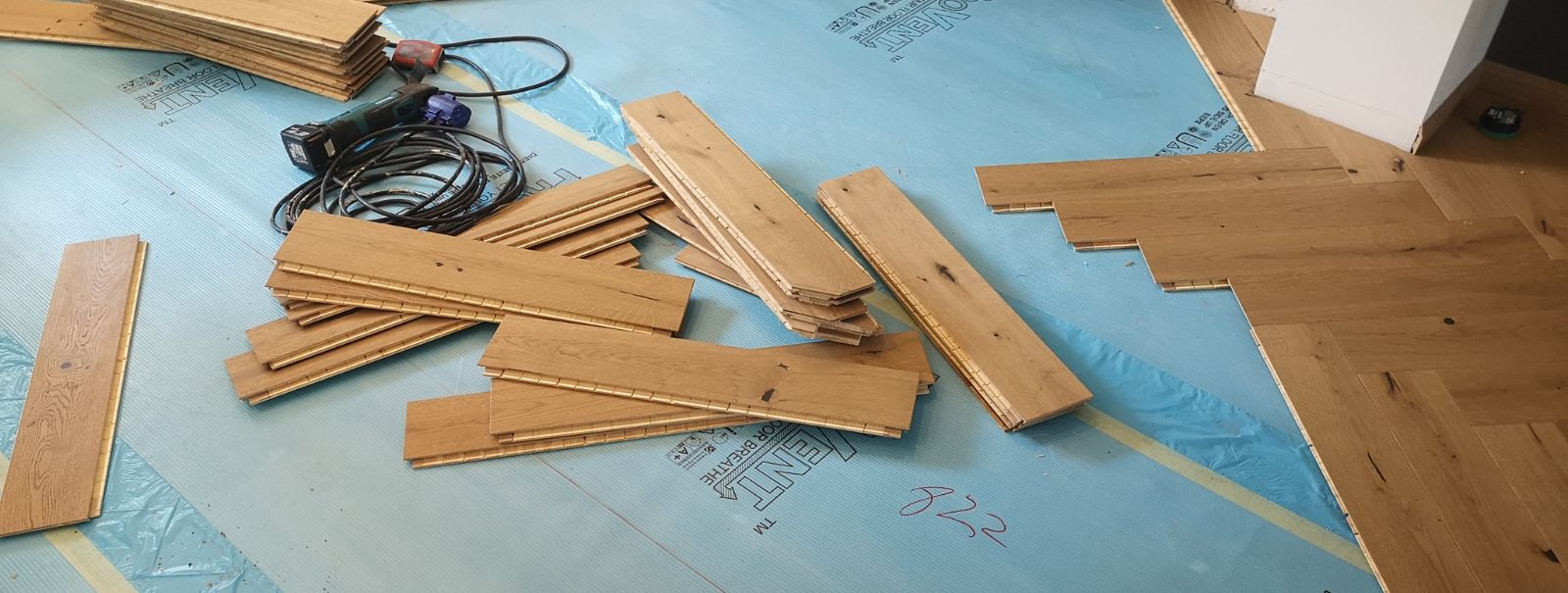5 trends shaping the future of construction
The construction industry is on the brink of a revolution, with emerging trends that promise to reshape the way we build and live. As a leader in the construction sector, H&N TEENUSED OÜ is at the forefront of adopting these trends to provide our clients with innovative, sustainable, and efficient building solutions. Here are five key trends that are shaping the future of construction.
1. Sustainable and Green Building Practices
With a growing emphasis on environmental responsibility, the use of renewable materials in construction is on the rise. Materials such as bamboo, recycled plastic, and reclaimed wood not only reduce the environmental footprint but also offer durability and aesthetic appeal.
Energy-efficient designs and technologies are becoming standard in new construction projects. From high-performance insulation and windows to smart HVAC systems, these features reduce energy consumption and lower utility bills for property owners.
Green building certifications like LEED and BREEAM are becoming more prevalent, signaling a building's environmental performance to potential buyers and tenants. H&N TEENUSED OÜ is committed to meeting these standards, ensuring our projects are recognized for their sustainability.
2. Technological Advancements
BIM technology has revolutionized the planning and management of construction projects, allowing for more precise and efficient workflows. It enables the creation of digital representations of physical and functional characteristics of spaces, improving collaboration among stakeholders.
The advent of 3D printing in construction allows for the rapid prototyping and production of complex building components, potentially reducing waste and speeding up the construction process.
Automation and robotics are increasingly being used to perform repetitive and dangerous tasks, improving safety and efficiency on construction sites.
3. Modular and Prefabricated Construction
Modular and prefabricated construction methods enable components to be built off-site and then assembled on-site, leading to significant reductions in construction time and cost.
These methods also enhance the quality and consistency of building components, as they are produced in controlled factory environments.
Modular construction offers flexibility in design, allowing for customization and scalability according to the client's needs.
4. Focus on Health and Well-being
Incorporating natural elements into building design, known as biophilic design, enhances the well-being of occupants by connecting them to nature.
Smart building technology integrates systems to manage lighting, temperature, and security, which not only improves the comfort and health of occupants but also contributes to energy efficiency.
The choice of construction materials has a direct impact on indoor air quality. Non-toxic, low-emitting materials are being prioritized to ensure a healthy indoor environment.
5. Increased Use of Data and Analytics
The use of big data and analytics in construction leads to more informed decision-making, optimizing every aspect of the construction process from design to delivery.
Real-time performance monitoring of buildings can predict maintenance needs and extend the lifespan of structures.
Advanced data analysis tools help in identifying potential risks and devising mitigation strategies, ensuring project success and safety.






Comments (0)